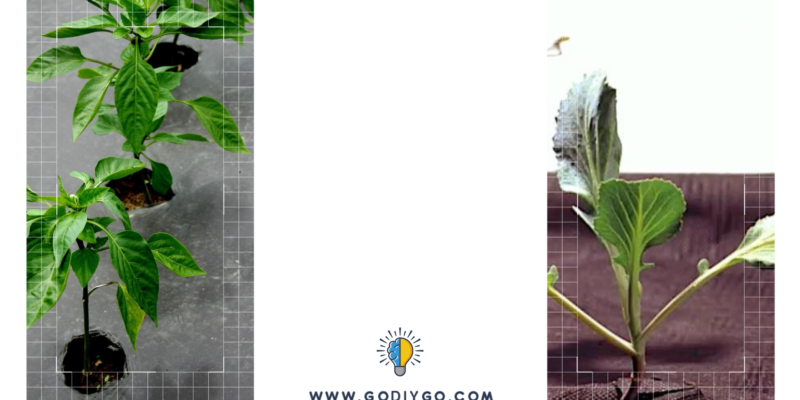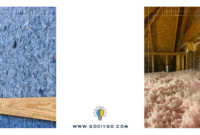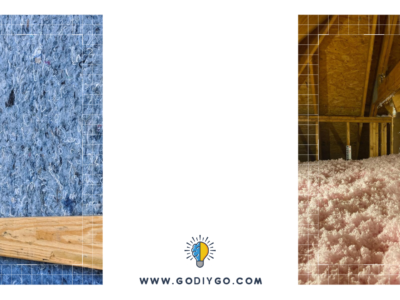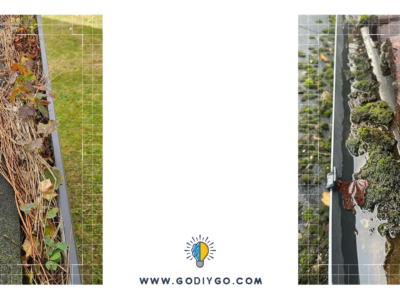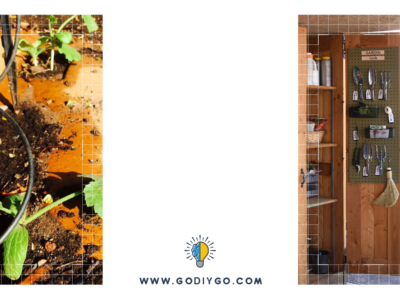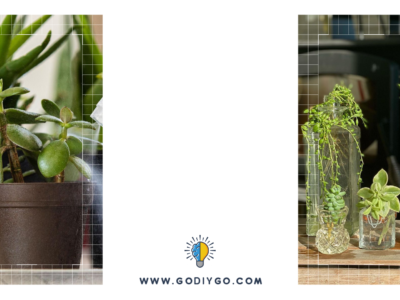Mulching is the secret weapon every gardener needs to cultivate a thriving, low-maintenance garden. By spreading a protective layer over the soil, you can lock in moisture, fend off weeds, and regulate soil temperature, all while boosting your garden’s aesthetic appeal. Whether you’re nurturing a vegetable patch, a flower bed, or a lush landscape, mastering mulching techniques can transform your gardening experience.
Imagine stepping into your garden and seeing robust plants thriving effortlessly. With the right mulching methods, this vision can become your reality. From organic options like wood chips and straw to inorganic choices like plastic sheeting and gravel, each type of mulch brings unique benefits. As you explore these techniques, you’ll discover how a simple layer of mulch can lead to healthier plants, enriched soil, and a more beautiful garden.
What is Mulching?
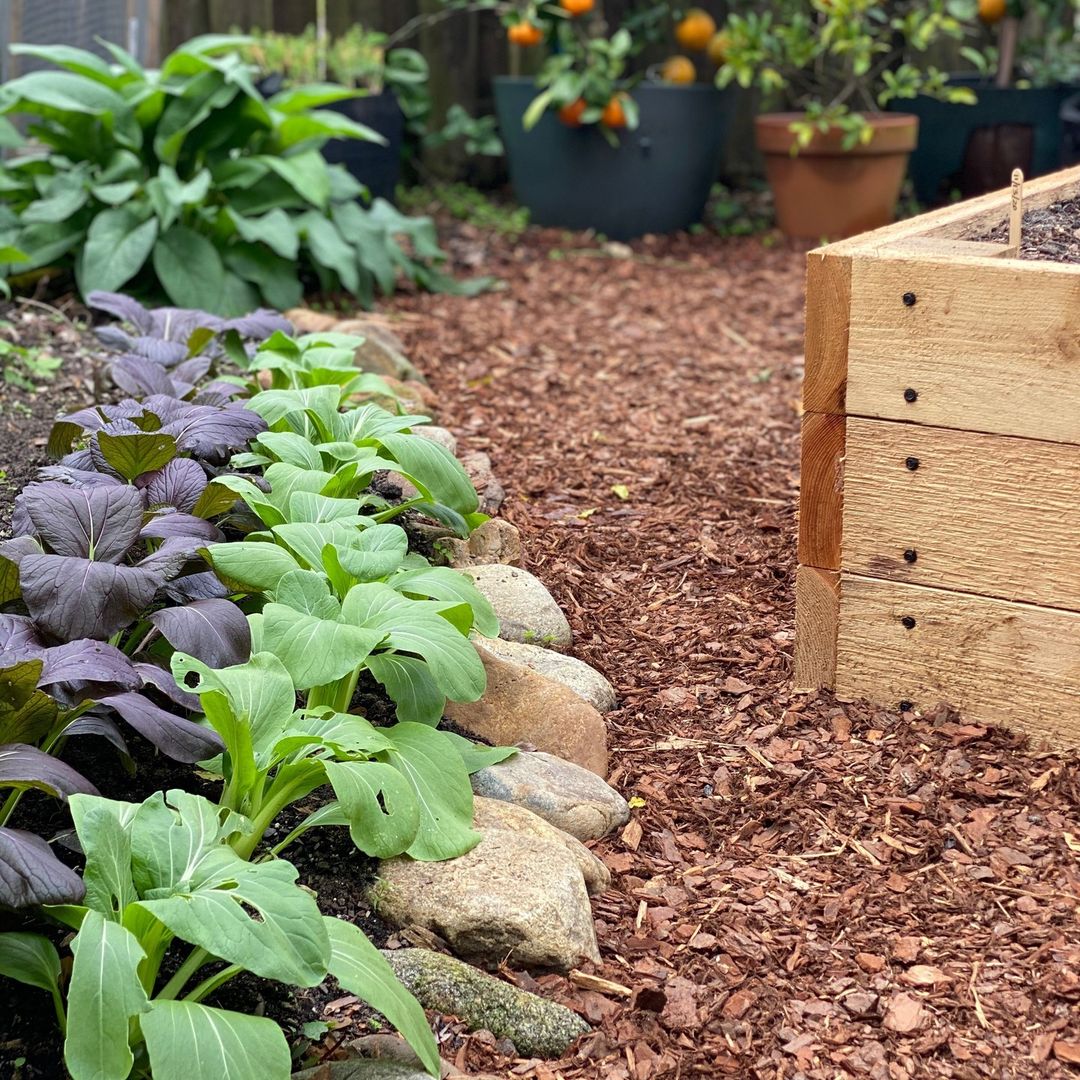
Mulch layer keeps the soil moist for extended periods, shields it from extreme temperatures, and prevents weeds from invading. Garden inspo from @ ritasroots
Mulching is a super helpful gardening trick that lots of gardeners swear by. It’s all about covering the soil with different materials, like wood chips or straw, to keep the soil moist and boost its health. When done right, mulching can make your plants happier and your garden easier to manage.
By adding mulch, you’re essentially giving your plants a comfy blanket. This layer helps the soil stay wet longer, protects it from harsh temperatures, and even stops weeds from taking over. Plus, as organic mulches break down, they add nutrients to the soil, making it even better for your plants.
Mulching Techniques
Organic Mulches
1. Wood Chips and Bark
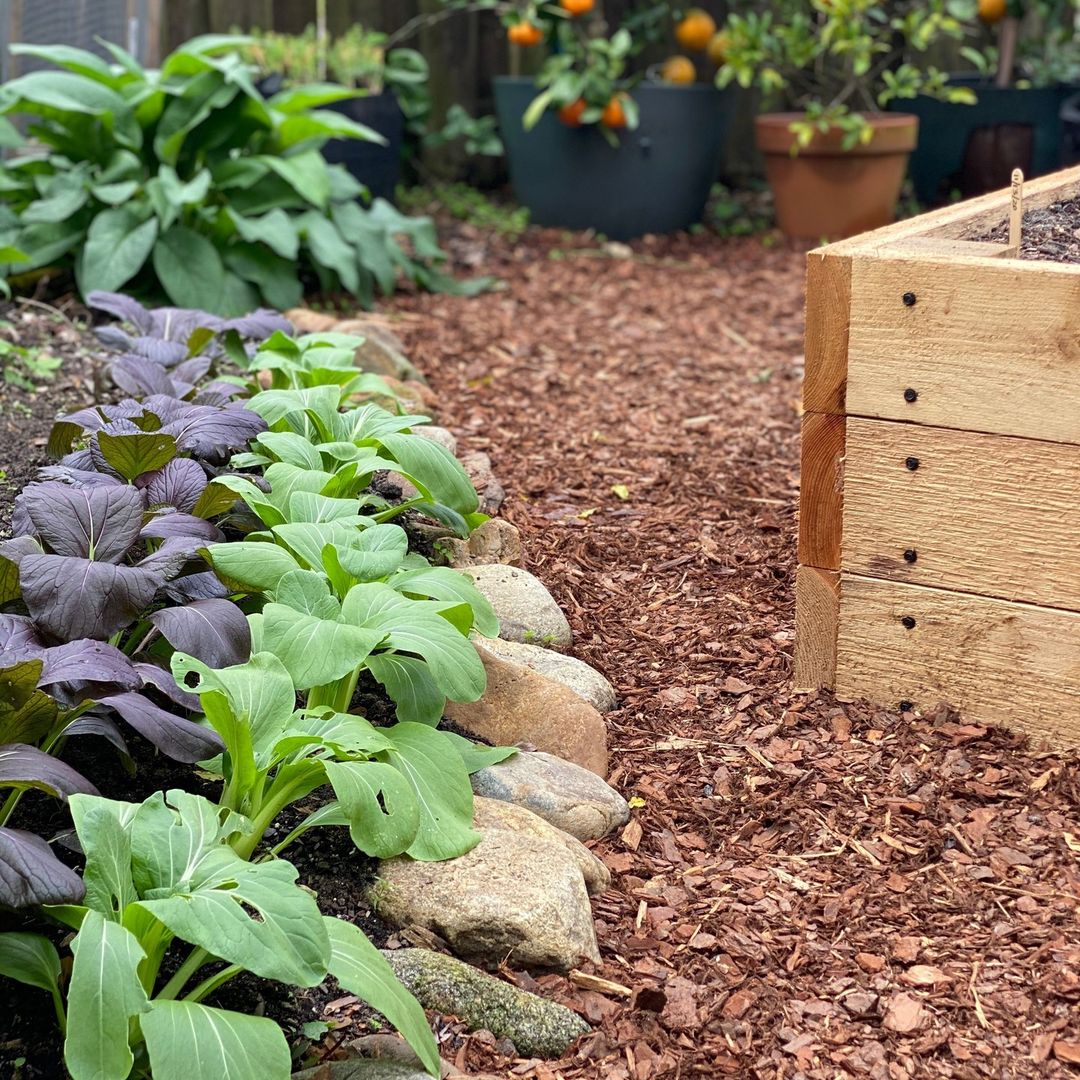
Bark and wood chip mulch give your garden a comfy cover that keeps the soil moist, protects it from the weather, and keeps weeds away. Mulching from @ ritasroots
Spread a 2-4 inch layer of wood chips or bark around your plants, keeping it away from the stems. This mulch is perfect for perennial beds and trees, as it decomposes slowly and enriches the soil. But be careful not to place it too close to buildings since it can attract pests like termites.
2. Straw and Hay
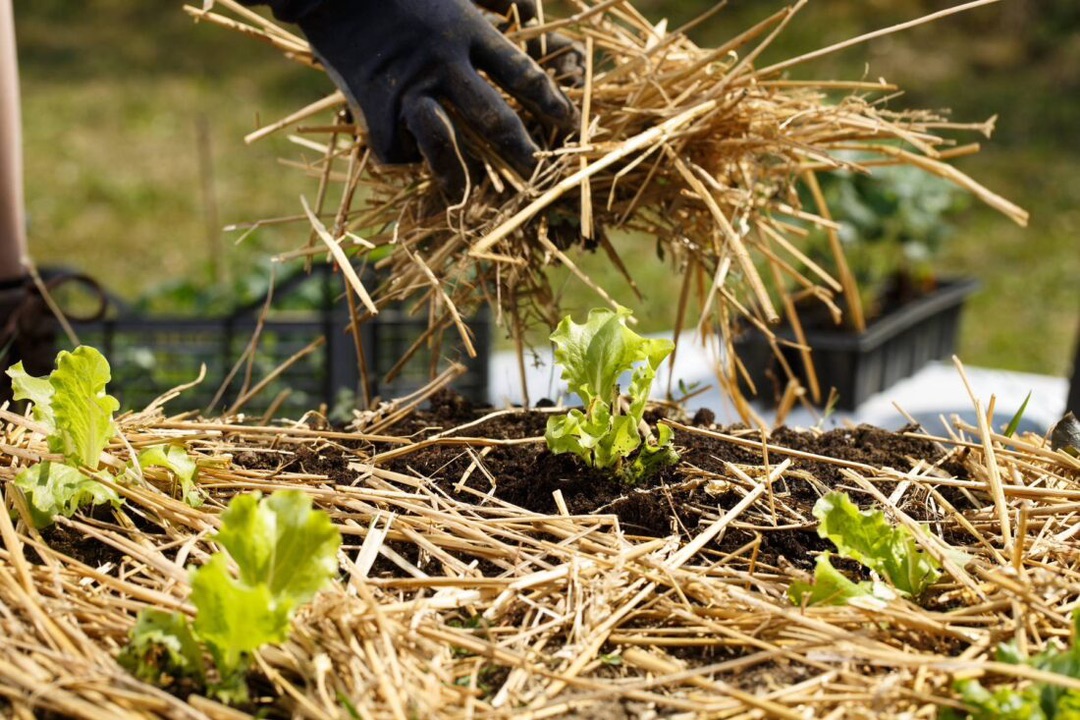
Adding straw mulch to your garden not only enhances its rustic charm but also creates a welcoming environment for plants. Productive garden from @ motherearthnewsmag
Lay down a 3-6 inch layer of straw or hay in your vegetable gardens and annual beds. It’s great for keeping weeds at bay and retaining moisture. Keep an eye for potential weed seeds and be prepared to replenish it often as it decomposes quickly.
3. Leaf Mulch
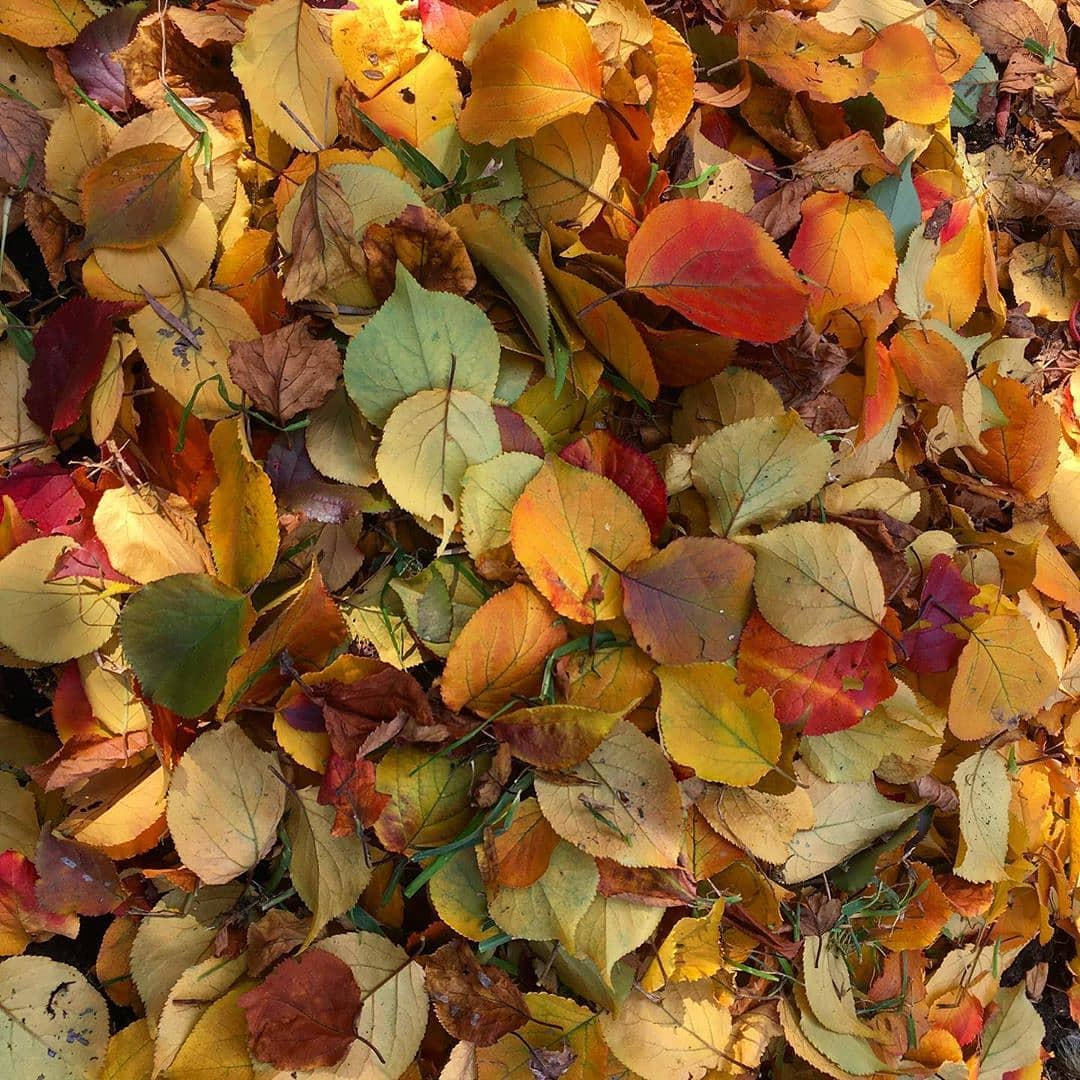
Incorporating leaf mulch into your garden beds can boost soil health and create a naturally beautiful landscape. Organic mulch from @ sustainablegardeningaustralia
Shred some leaves and spread a 2-3 inch layer around your plants. Leaf mulch is easy to find and breaks down to enhance soil structure. Just make sure to shred the leaves to avoid them matting down and blocking water from reaching the soil.
4. Grass Clippings
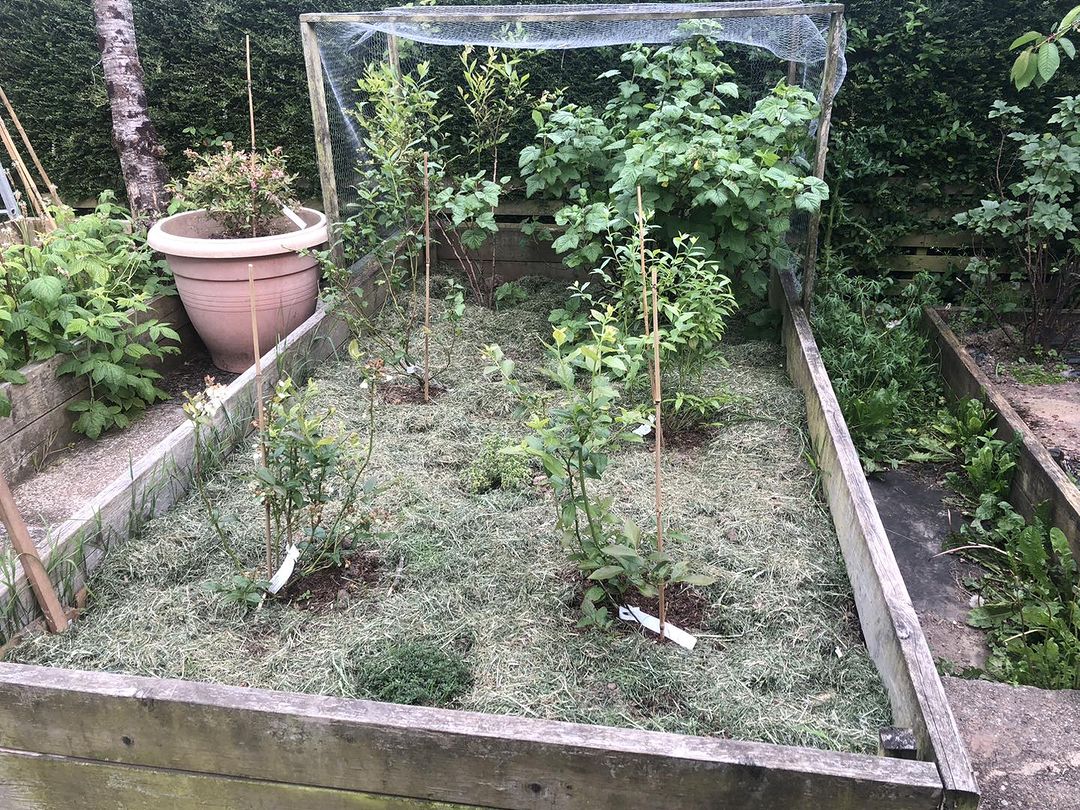
Using grass clippings as mulch in your garden can recycle nutrients back into the soil while giving your garden a lush, green appearance. Ground cover from @ sociallandscapes
Spread grass clippings in thin layers, letting each layer dry before adding more. These clippings are rich in nitrogen, which is great for your plants. Consider not to apply them too thickly, as they can get slimy and smelly.
Inorganic Mulches
1. Plastic Mulch
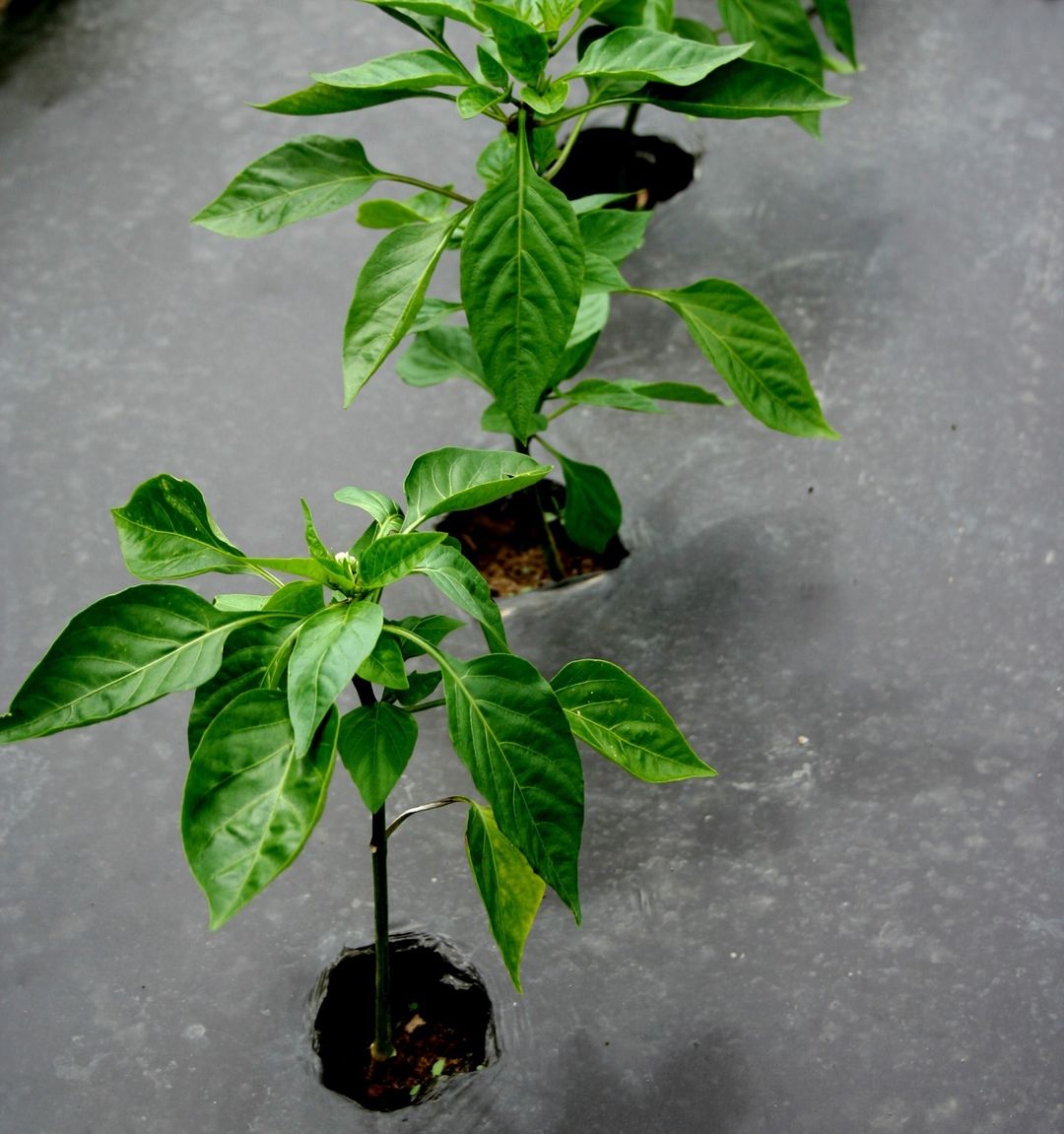
Using plastic mulch in your garden, such as black plastic, effectively controls weeds and warms the soil, ensuring a neat and productive growing environment. Black plastic mulch from @ harrisseeds
Lay black or clear plastic sheeting on the soil surface. This mulch is fantastic for weed control and warming the soil, making it popular in vegetable gardens. However, it doesn’t decompose and needs to be removed and disposed of after use.
2. Landscape Fabric
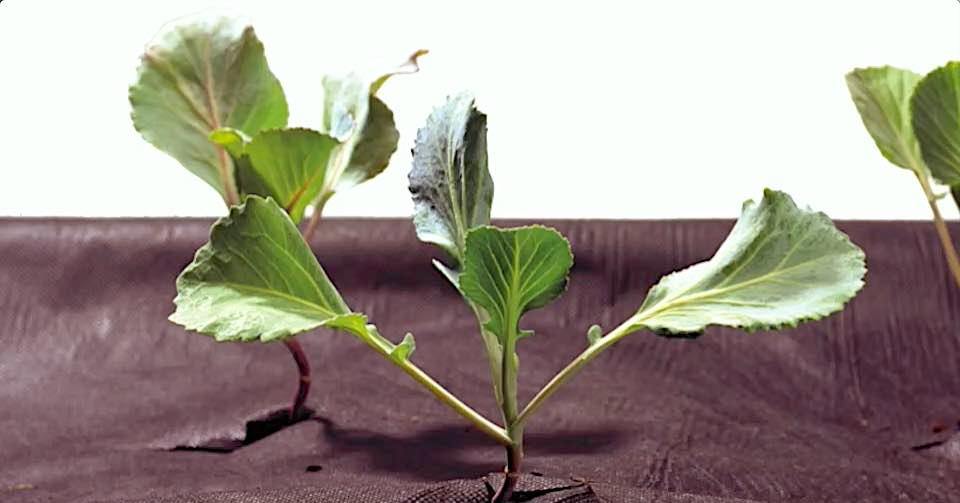
Using fabric mulch in your garden setup is an efficient way to control weeds and maintain a tidy appearance while promoting healthy plant growth. Fabric mulch from @ grownbyyou
Place landscape fabric over the soil, secure it with pins, and top it with a thin layer of organic mulch for a nicer look. This fabric is durable and works well in perennial beds and pathways. Keep this in mind, be careful with the installation to avoid restricting water and air flow to the soil.
3. Gravel and Stone
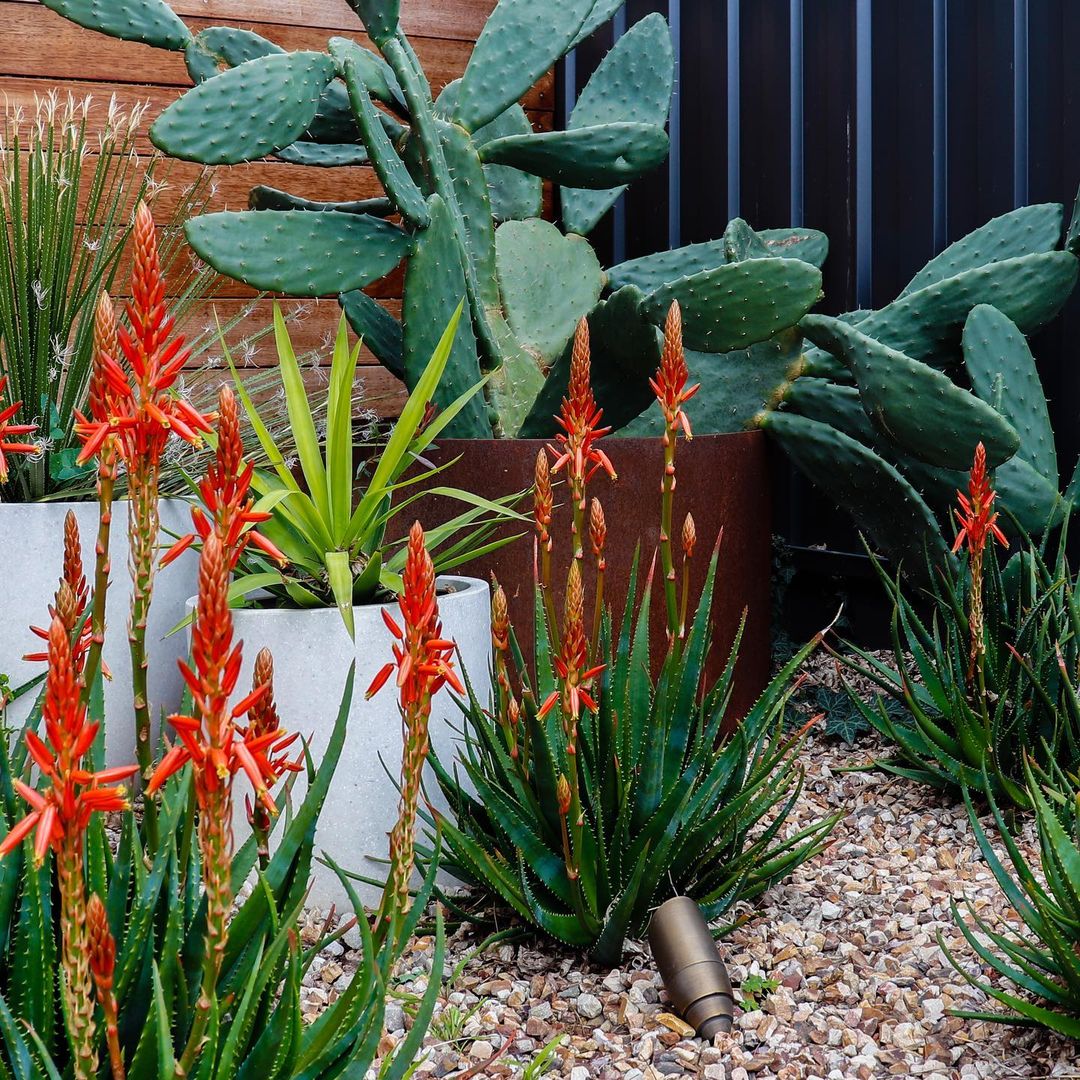
Mulching with gravel offers a low-maintenance way to add texture and visual interest to your garden while suppressing weeds and retaining soil moisture. Gravel mulch from @ rpgardendesign
Spread a 1-2 inch layer of gravel or stone around your plants. This mulch is permanent and perfect for drought-tolerant landscapes. However, there are some disadvantage that you need to consider before choosing this technique. Gravel and stone mulch doesn’t improve soil fertility and can be tough to remove or adjust once it’s in place.
Living Mulch
1. Cover Crops
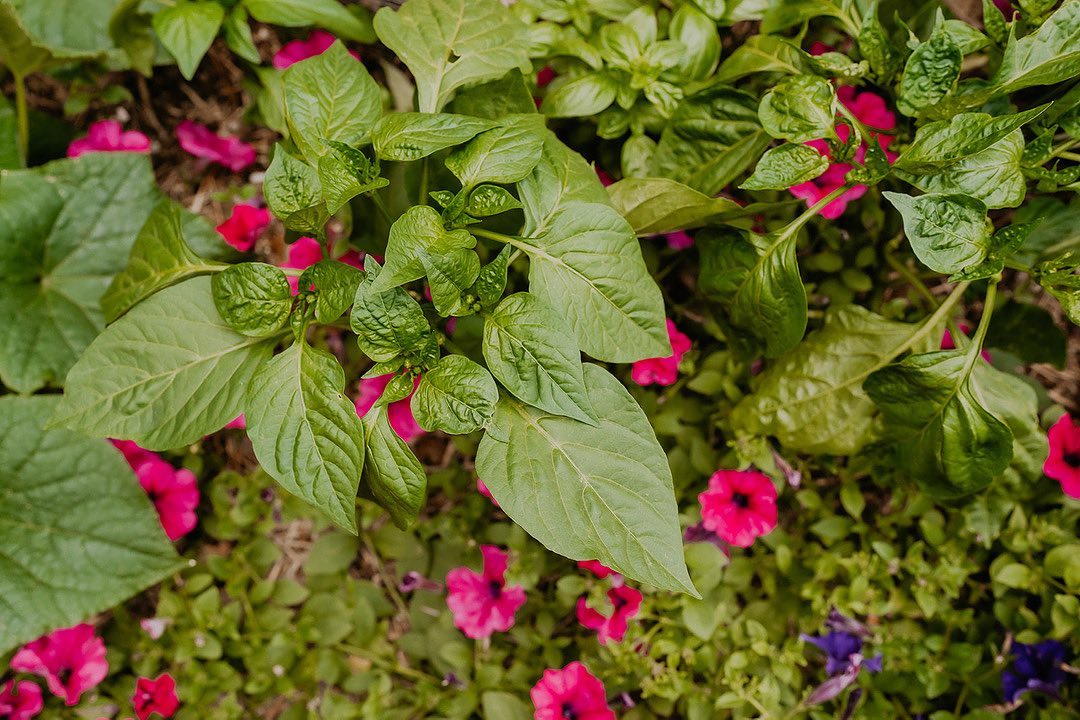
Planting cover crops in your garden enhances soil fertility and stability, promoting healthier plant growth and ecosystem balance. Permaculture garden from @ denverkitchengarden
Plant low-growing crops like clover or vetch between rows or as ground cover. These cover crops add organic matter, improve soil structure, and can fix nitrogen. However, they may compete with main crops for nutrients and water, requiring careful management to prevent issues.


